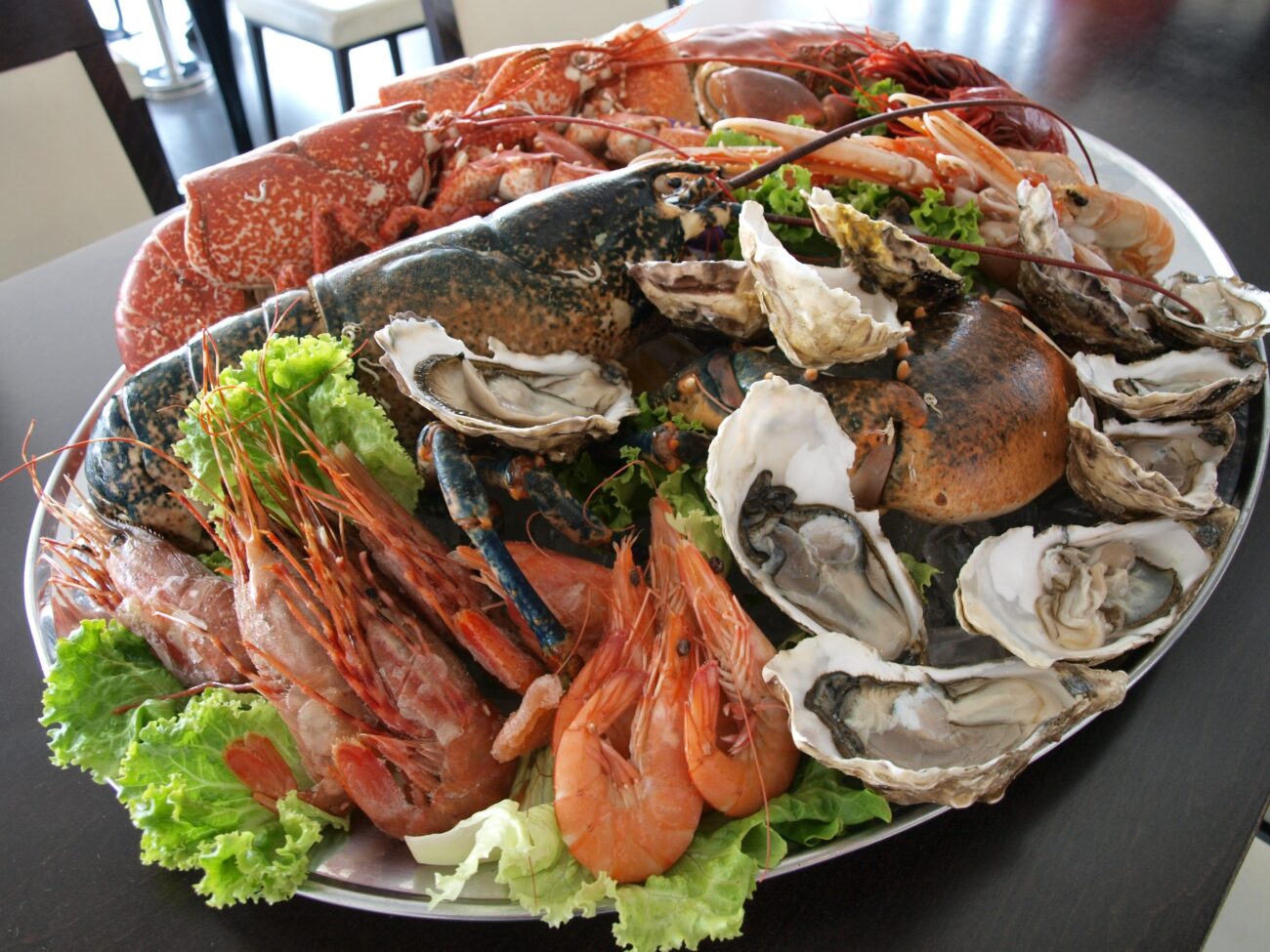Your home-cooked meals taste flat compared to restaurant dishes, and it’s not because you’re a bad cook. Professional kitchens deploy a calculated salting strategy that most home cooks never learn. They don’t just season food—they architect flavor through layered salting, adding salt at strategic moments throughout the cooking process rather than dumping it on at the end.
This technique creates the depth and complexity that makes restaurant food irresistibly craveable. Salt doesn’t merely add saltiness; it chemically transforms proteins, draws out moisture from vegetables, and integrates into every component of the dish. When applied in stages, salt has time to penetrate ingredients and dissolve properly, creating harmony instead of surface-level seasoning.
The Three-Stage Salt Architecture
Professional chefs break seasoning into foundation, structure, and finishing phases.
Restaurant kitchens follow a deliberate salting blueprint that builds flavor in layers:
- Foundation Stage: Salt hits the aromatics first—onions, garlic, shallots get seasoned as they sauté, unlocking their flavors into cooking fats
- Structure Phase: Main ingredients receive salt before and during cooking; meat gets salted up to 45 minutes before hitting the heat, allowing penetration and tenderizing
- Finishing Touch: A final pinch of flaky sea salt right before serving delivers textural contrast and a bright burst of salinity
This systematic approach explains why restaurant vegetables taste more vibrant and proteins seem more flavorful throughout, not just on the surface. Each stage serves a distinct purpose in building the complex flavor profile that makes restaurant food so compelling.
The Science Behind the Addiction
Layered salting triggers deeper satisfaction than single-point seasoning ever could.
Culinary instructors explain that this technique creates food that’s genuinely more satisfying because it delivers depth, harmony, and textural variation in every bite. The seasoned core, fully integrated flavors, and final sensory “pop” trigger the kind of craving that keeps you reaching for more—the same mechanism that makes restaurant dishes feel more indulgent than identical recipes made at home.
The key lies in consistent execution: use salt from a bowl rather than a shaker for better control, salt “from height” for even distribution, and taste throughout the process rather than relying on a final adjustment. This approach transforms ordinary ingredients into the kind of deeply satisfying dishes that professional kitchens are known for.
Transform your cooking by treating salt as a three-act performance rather than a one-note finale.


















